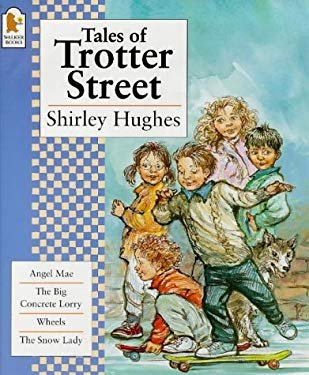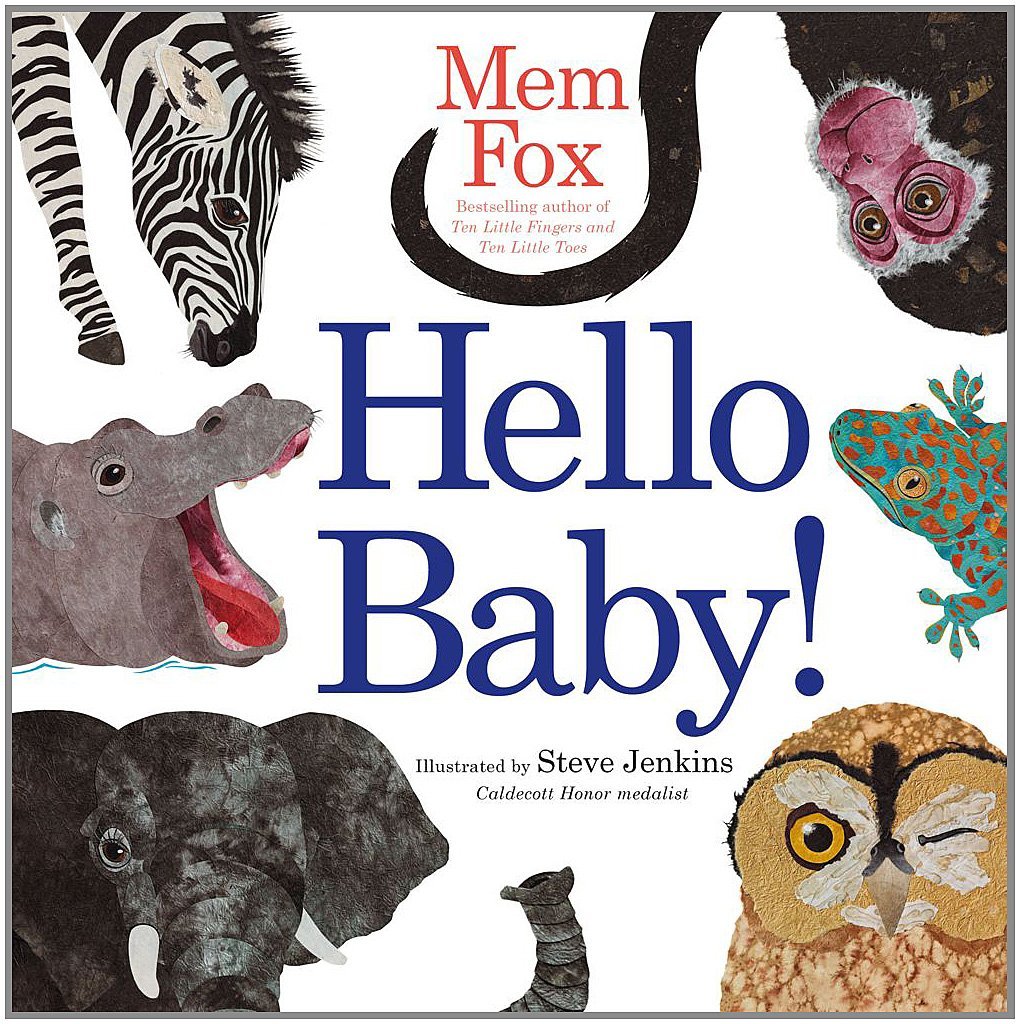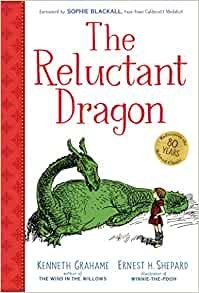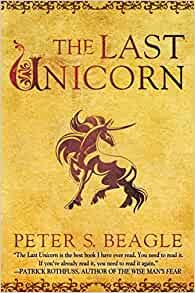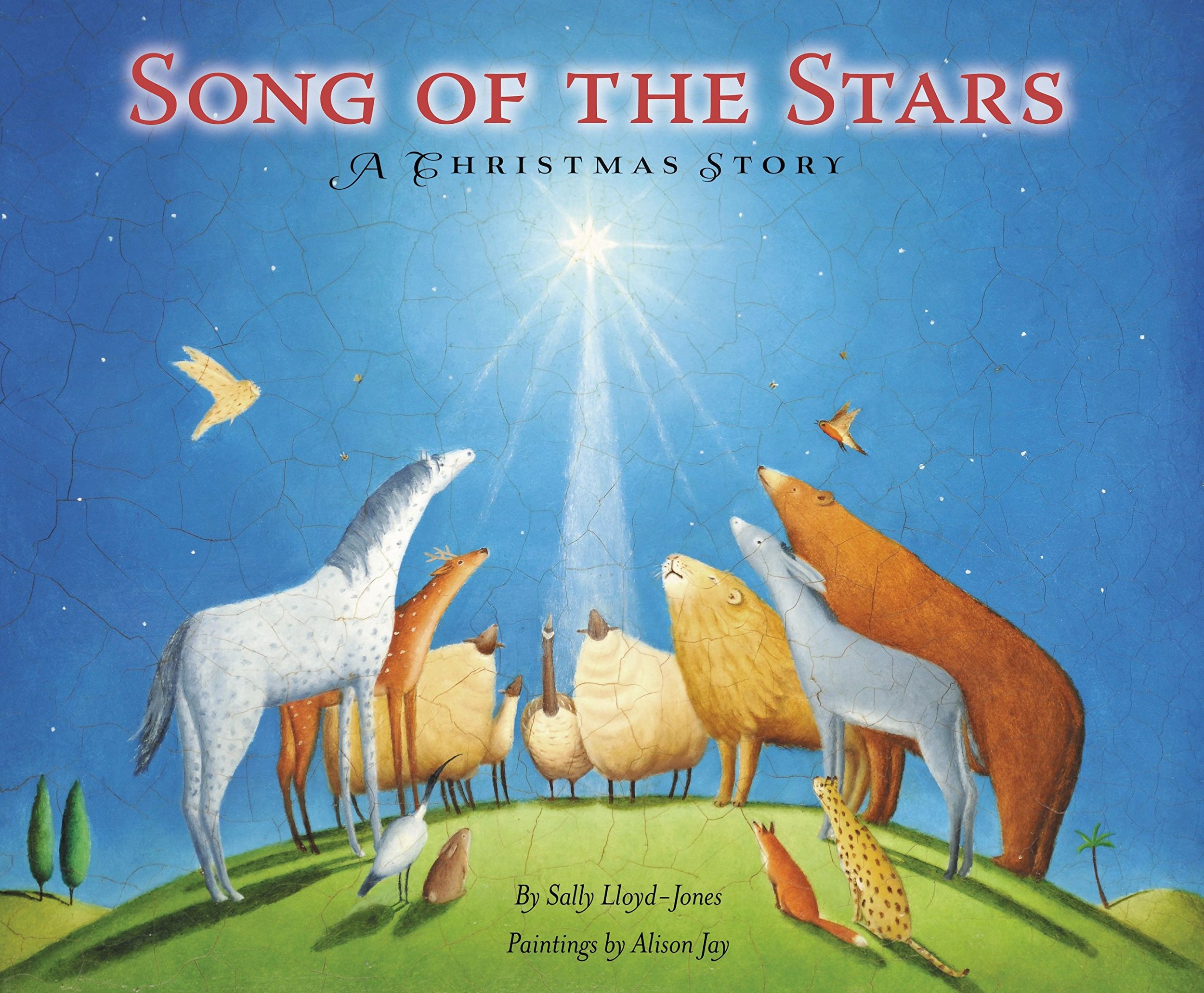What kind of reader are you? Maybe you’re a disciplined reader, who ends each day with a few chapters of a new novel. Maybe you loved reading growing up, but can’t seem to find a book you love or time to read in your everyday life. Maybe, like me, you collect books and reading is a full-time hobby; you have a favorite local bookstore, you’re excited for new releases from favorite authors, and you always have a book or two going at the same time.
Perhaps you also have a unique relationship to New Year’s Resolutions (which I refused to participate in, for the last four years. As a new teacher, it felt like every day was already full of resolutions: Russian doll lists of lists to accomplish, each day ending with a slew of new ideas, better strategies, and another set of to-do’s.) Whether resolutions are a fun reset to a new season, or guilt-inducing promises for which you know you’ll need a do-over come February, there is something satisfying about setting a goal and pursuing it, day by day.
When I finally decided to pick a resolution for 2021, I decided it would be around reading and the gratifying discipline of cultivating new rhythms. Reading is the way I learn, my medium for excitement and delight in life, and the way I relax. When I decided to read 52 books in 2021 (finishing about a book a week) the resolution was about practicing something I already knew I loved. The challenge wasn’t learning a new hobby, or mastering a discipline that felt like a chore, but keeping track of the books I read, making time to sit down and read, and keeping pace, as the busy-ness of each new season changed my reading rhythms from month to month.
Whether you’re planning to read a hundred books this year, or you hope to finish the two titles that have been colorful coasters for the coffee mug on your bedside table since last Christmas, these reading tips and resolution ideas will motivate new and seasoned readers alike. And don’t miss the recommendations listed below! These titles are an excellent addition to your 2022 book lists.
1. SET A GOAL, NUMBERS OPTIONAL
When we think of book lists, we often think about reading a certain number of books. One book a month, or a solid-sounding 25. This year, switch it up by crafting your reading list with intentional themes or creative significance, with three ideas below.
Be a Completist
For 2022, one of my non-numerical goals is to be a “reading completist” for an author or two who I already love. Prolific authors like Madeleine L’engle, Zora Neale Hurston, and Beverly Cleary, have published books across genre and generation, and tracking down every book they’ve written is rewarding treasure hunt. I’m looking forward to feeling like a L’engle, Hurston, or Cleary scholar by the end of 2022. Bonus points for reading in order of publication— what an enriching journey into one writer’s growth!Read More __________.
Do you love fiction, but want to read more poetry? Do you find yourself mostly reading the classics, and hope to meet some new authors this year? Does your younger reader return to the same series over and over? It’s time to branch out! In 2021, I filled in this blank with “re-reads.” I wanted to revisit the novels and memoirs I spent much of my college years nodding along to, and foisting into the hands of those around me. Did I still love them as much as I did several presidents ago? Which lines would find me with new solace in this new season of life? And perhaps most intimidating: did they still hold up? Whatever you fill in the blank to read more of this year— Writers of Color, philosophers from the 18th century, YA books, or theology, taking inventory of the books you love and those you haven’t met yet could spark a new list for 2022!Pick a Number, Any Number
Pick your age, “22” for 2022, or a number corresponding to an anniversary, to determine how many books you want to read this year. A playful numerical decision-maker could be just the thing to set a big numerical reading goal, or mark a specific life season with your book list this year. With young children or middle grade readers, this could be a fun discussion and activity, if you are preparing for the new year as a family. Picture child-decorated posters, with their number (a random choice, their age or grade) and book list, with space beside each book for their thoughts! Add a one to five star rating or a drawing of their favorite scene, upon completion.
2. START A NO-BOOK BOOK CLUB
Who are your book people? They may be friends in real life, readers you’ve interacted with through social media, or the people in your home. A “no-book book club” meets once a month, at the end of the month. Surrounded by stacks of finished books and to-be-read books, snacks and beverages (perhaps with a theme!) readers talk to the group about what they read that month, and what they are excited about reading in the next month, sharing takeaways and quotes with one another.
As much as I love reading and discussing books, the traditional book club with one book a month that participants invariably finish or don’t (and I’ve been both parties…) can give readers homework-feelings about an otherwise vacation of a book. Have you ever picked a favorite title for a group with delight and anticipation, and then just looked at it, the bright cover staring back at you from a bag or bookshelf, until the event comes? The spark is gone; the book is suddenly a chore, regardless of its true readability, or the initial excitement of choosing it. No-Book Book Clubs, without one assigned book, allow readers to share their stacks, share the joy of finishing a good book, and even allow readers to share physical copies, without a deadline, celebrating the diversity of different styles of reading.
Speaking of homework feelings…
3. START THE NEW YEAR WITH GUILT-LESS READING
When I shared my big 2021 reading goal, or another book I had finished with friends, I started to notice one consistent response: guilt. Friends, content with their already-full and fruitful lives (without a passionate interest in reading), expressed resentment at their lack of time to read, nervousness about a half-finished book begun a year ago, and instead of discussing characters, plot, or ideas, we would talk at length about how to feel less guilty about not reading— or I would be asked to give an explanation for how in the world I had all that time to read. What was being left out? There’s a time for everything, and every conversation that went this way was beneficial in its own way, but these discussions left me feeling fierce resolve for my friends and fellow readers, full of new questions: how can we take the guilt out of reading? Where did we inherit this idea that instead of feeding our families, catching up with friends on social media, or enjoying a new album on the commute, we should be reading?
If book-guilt of any variety plagues your would-be reading life, if your current season has changed your once-insatiable reading habits, or if you’ve always wanted to be a reader, but have never understood the hype, here are a few tips:
Pick a time, and make time
Whether it’s with morning coffee, or as you relax after a long day, delegating fifteen minutes of reading during an already cozy, enjoyable moment of the day, makes reading feel like the act of leisure it is, and reinforces reading as your time. To incubate and reset before the kids wake up, to take a breather with lunch, or to mark the end of another day. Meals are another great time to include a read-aloud, while forks and knives clink, or as a treat with dessert!Have book, can travel
Keep a novel you’ve always wanted to finish reading, or a deep and thoughtful nonfiction title with you in the passenger seat, for the parent pick-up line, instead of scrolling during an oil change, or in a long line at the grocery store. Every paragraph counts, and the near-counter-cultural move of pulling out a paperback instead of a screen can feel luxurious and like a break in and of itself, especially if your usual days don’t always include a quiet hour to read.Trust your boredom (Precious is for moments, not books)
If you’re bored, it’s not a sign to push through and fake it for another few chapters— even if (especially if) it’s a classic or comes highly recommended from other readers. Reading has become another “good thing you know you should be doing.” And getting lost in a book is too fun, and your time is too valuable to make reading another “should” that shadows a full to frenetic life with additional worry. Don’t make reading a burden it was never meant to be. Don’t let the idea of reading, book choice, or time spent reading, keep you from reading what you love, when you’re able. Why read if it’s another “should?” (If you’re a college student or an English major, my prayers are with you. Make it fun.)
I read to furnish the living room of my mind. (Motto: It’s your room, and you get to hang whatever art you want.) So, trust your boredom, and switch it up.
And while some things are sacred, sometimes “preciousness” around how you read, what you read, and where you read, can discourage motivated readers. Get out a pen for that hardback theology title and add your own thoughts (and question marks). Include a start and end date, and a doodle or two in the front cover of your favorite new novel. For some, this is an aesthetic preference. For me, reading is a sacred practice, but physical books are made to be consumed! My books are wrinkled friends: dog-eared, enjoyed in pools and on picnics, and bursting with marginalia. Reading without rules around perceived preciousness could be just the thing to unlock a sense of fun, delight, and play in your 2022 reading. For instance, when I read nonfiction and the sentences start to swirl, I start from the last chapter, and read from there, or open the book in the middle.
So, If you’ve heard it’s a great book and you just can’t get into it, sell it, gift it, or bury it. I’ve been reading long enough to know, books find you when you need them, and especially when you want them. To this end, I’m saving most of the Russians, all of Dickens, and (apologies to my brilliant teachers) all but a few Jane Austen novels until I’m at least 60. There are just too many books I can’t wait to read right now.
A few favorites (chuck if bored):
Picture books (best served with family dinner or Saturday pancakes)
This Moose Belongs to Me by Oliver Jeffers
The O in Hope by Luci Shaw
God’s Very Good Idea: A True Story about God’s Delightfully Different Family by Trillia Newbell
Middle grade (blanket forts and staying up late encouraged)
The Vanderbeekers of 141st Street by Karina Yan Glazer
The Phantom Tollbooth by Norton Juster
Spiritual Formation
Gentle and Lowly by Dane Ortlund
Nailed It: 365 Readings for Angry or Worn-Out People by Anne Kennedy
Theology
Naming the Animals: An Invitation to Creativity by Stephen Roach
Lifting the Veil: Imagination and the Kingdom of God by Malcolm Guite
Literary Fiction
Americanah by Chimamanda Ngozi Adichie
Home by Marilynne Robinson
Cultural Criticism
Pulphead by John Jeremiah Sullivan
Memoir
Everything Happens for a Reason (and other Lies I’ve Loved) by Kate Bowler
The Place Trilogy by Margie Haack
Pick up a few from your favorite local shop, or one of our favorites like Hearts and Minds Bookstore and Eighth Day Books. Happy New Year, and happy reading!
—
This post was written by Joy Strawbridge, one of the contributors to Wild Things and Castles in the Sky, coming in 2022.








